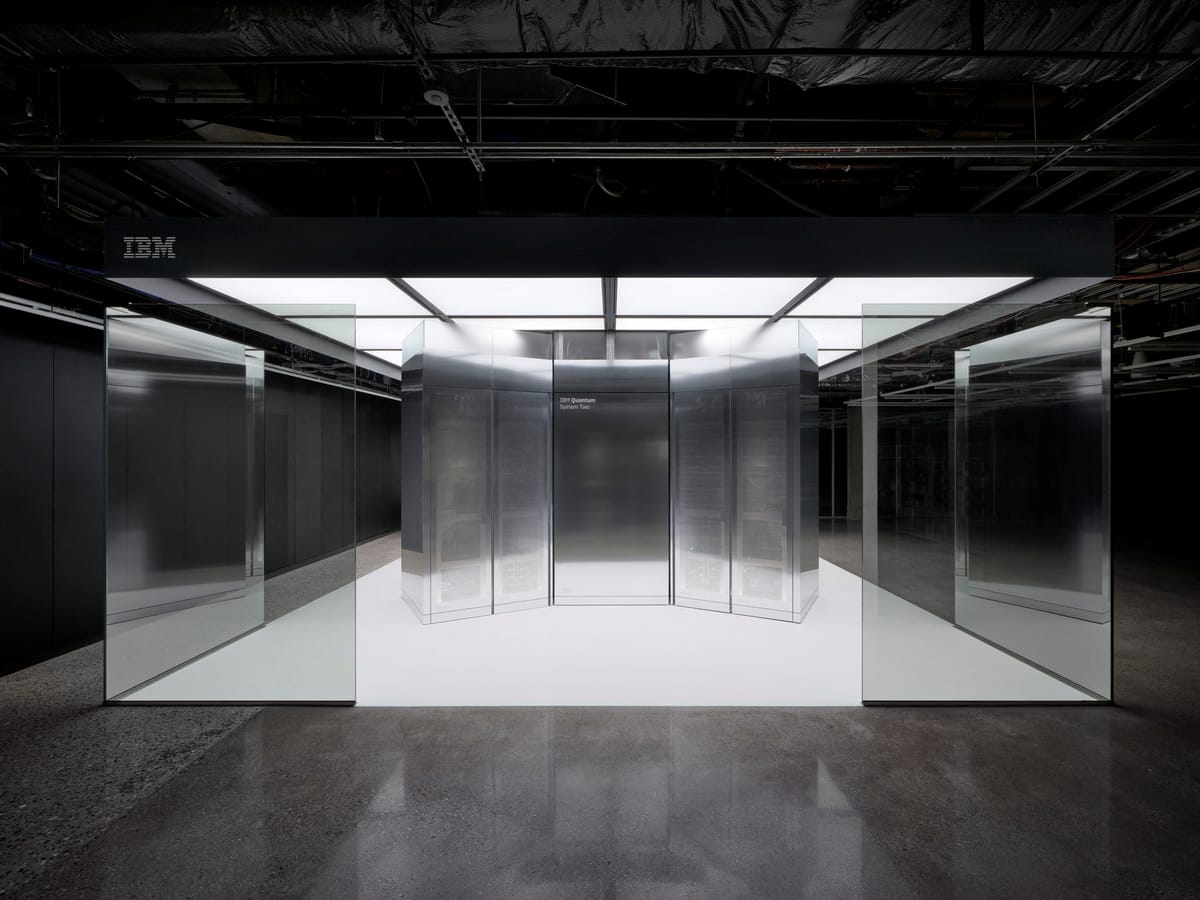IBM takes a step toward advancing quantum computing
IBM just made a huge step toward making quantum computers a reality.

A few minutes every morning is all you need.
Stay up to date on the world's Headlines and Human Stories. It's fun, it's factual, it's fluff-free.
You’ve probably heard of a quantum computer before, but you may not know what it actually is. Or, what it is in theory – because general-purpose quantum computers don’t exist yet, and the quantum computers that are around are in their very early stages of development.
Basically, a quantum computer processes information using quantum mechanics. It uses quantum bits, or qubits (CUE-bits), to “compute.” For some context, the computers that we already have process information through classical bits which can represent either 0 or 1. A qubit is a designation based on quantum mechanics that can run multidimensional quantum algorithms. So it can be “in a superposition of one and zero simultaneously until its state is measured.” Think Schrödinger's cat.
The qubits can also become entangled, meaning that their states can depend on one another. Due to superposition and entanglement, quantum computers would have more capabilities and the capacity to do things a lot faster than the computers we’re used to today.
But a really powerful quantum computer doesn’t exist yet. This is because we just haven’t been able to create that many qubits, which require very specific environmental conditions in order to be made and to operate without becoming “decoherent.” Really cold ones, to be exact, at 15 millikelvins or -273 C (-460 F). Qubits are also really hard to work with and easy to disturb.
But, IBM just made a huge step toward advancing quantum computers. On Monday, the company showed the world its newest quantum computing chip, the IBM Quantum Heron, and machine that could be a key toward designing a large quantum system in the near future. Together, they’re called the Quantum System Two, which is a pretty big piece of tech – like early traditional computers.
“For the first time now we have large enough systems, capable enough systems, that you can do useful technical and scientific work with it,” Dario Gil, IBM’s head of research. said in an interview.
IBM also introduced a plan for developing a large quantum system over the next ten-ish years – defining the kind of software advances we need to figure out. But, “implementing this [plan] with superconducting qubits seem to be extremely challenging, and it will likely take years before even a proof-of-concept experiment can be tried in this platform,” explains Mikhail Lukin, a physicist at Harvard University.




Comments ()